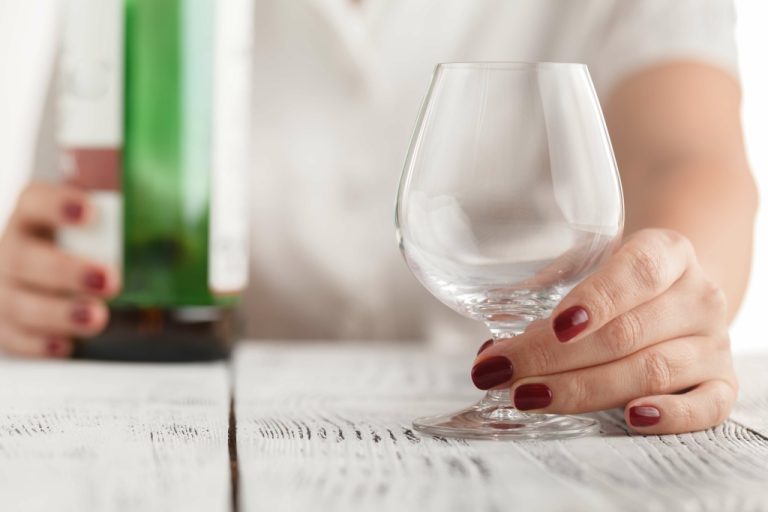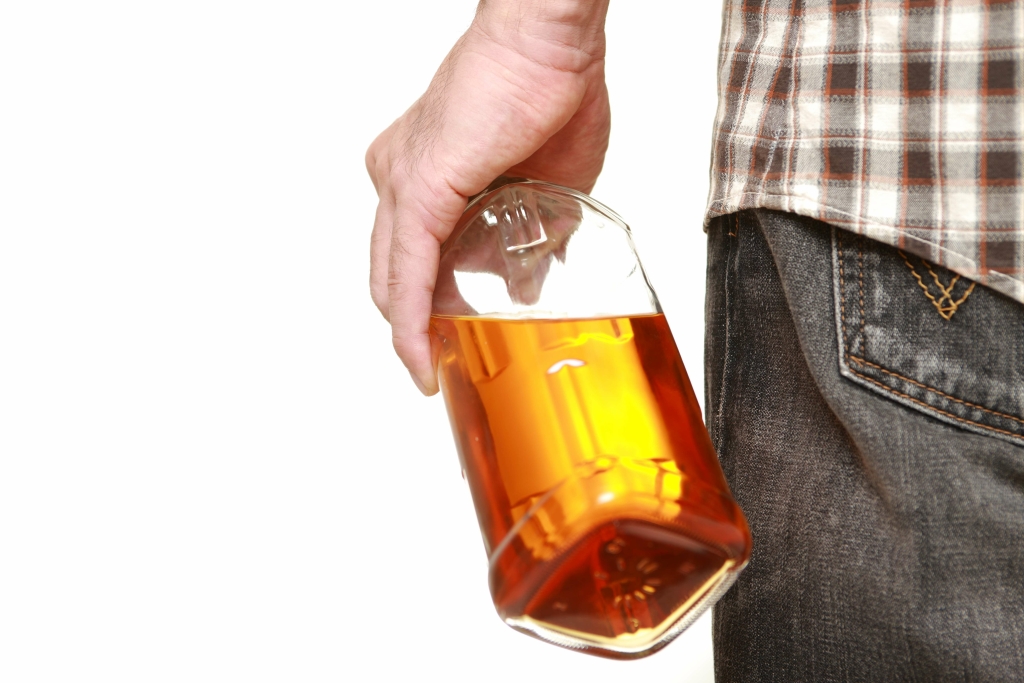If you feel that The Sinclair Method may be right for you, I Sinclair method encourage you to do some more research and speak with a physician who can answer any questions. It’s also important to remember that no medication is a “magic pill.” Naltrexone doesn’t remove the ability to ‘get drunk’ or the underlying issues causing the urge to drink. Factors such as anger, stress, anxiety, depression, and pain can influence one’s drinking habits, and cannot be treated with naltrexone.
Breaking the Alcohol-Reinforcement Cycle
This medication must not be used in people currently taking opiates, including methadone. Peer support is also proven to help decrease heavy drinking and improve health outcomes.⁵ This can take the form of online alcohol support groups, online communities, and in-person meetings. Most of my patients take naltrexone daily at the FDA-recommended dose of 50mg. With a daily prescription, naltrexone is active in the system throughout the entire day, whether or not alcohol is consumed.
Need help with medications?
Vivitrol is an injectable form of naltrexone that reduces cravings for alcohol for up to 28 days. Our experience is that this method does not accomplish the same level of extinction that we observed in taking the oral naltrexone 1 hour before drinking. In a nutshell, the Sinclair Method (TSM) is a medication-assisted, evidence-based form of treatment for alcohol use disorder (AUD). Via the use of the prescription drug naltrexone, TSM addresses the reward pathways of the brain involved in substance dependence (1). To use the Sinclair Method you must take naltrexone between one and three hours prior to drinking alcohol.
Initial Medical Workup
Weigh the potential benefits against https://dqoi.ufc.br/pt/eco-sober-houses/ the potential risks before taking this medication while breastfeeding. No information is available on the relationship of age to the effects of naltrexone in geriatric patients. Appropriate studies have not been performed on the relationship of age to the effects of naltrexone in the pediatric population. Naltrexone is not known to affect the use of cocaine or other non-opioid drugs of misuse. While less common, the most serious side effects of naltrexone are described below, along with what to do if they happen.


The Sinclair Method is an increasingly popular option that takes a gentler approach to curbing drinking. It relies on medication to make drinking feel less pleasurable, reducing the urge to drink and making it easier for people to limit their consumption. The majority of the large, randomized controlled trials that have demonstrated naltrexone’s effectiveness in helping people drink less or quit were conducted with patients taking the medication every day. Taking naltrexone every day reduces the likelihood and severity of side effects. Side effects are most common when your body is adjusting to naltrexone.
- Do not take this medication within 7 to 10 days of taking any opioid drugs.
- When the brain unlearns this association, pharmacological extinction occurs.
- Appropriate studies have not been performed on the relationship of age to the effects of naltrexone injection in the pediatric population.
- A urine test should be done to check for recent opiate drug use.
- If any of these effects last or get worse, tell your doctor or pharmacist promptly.
- In this method, patients take the opioid blocker naltrexone in pill form an hour before drinking alcohol.
- Additionally, a multitude of personal factors like age, chronic illness, body mass, hydration, and metabolism can all impact how long naltrexone lasts in your system.
- Do not increase your dose, take it more often, or stop taking it without your doctor’s approval.
The Sinclair Method was created for people to take their first drink after an hour from using naltrexone, creating a “wall” that prevents the alcohol induced euphoria or “happy drunk feeling”. This first drink, without naltrexone, usually triggers a craving for another drink and possibly even a third. However, with the buildup of the “naltrexone wall”, the desire for a second drink is less than the first, with the hopes that the person stops drinking because their cravings are greatly diminished. The Sinclair Method is a treatment for alcohol use disorder that involves the use of naltrexone to reduce the brain’s association between alcohol and pleasure.

Naltrexone in alcohol dependence.
Interest in the Sinclair Method has grown thanks to news reports and personal testimonials. Some individuals describe dramatic reductions in drinking after only a few days or weeks of using naltrexone with this method. The Sinclair Method was developed by Dr. David Sinclair, a researcher who studied alcohol addiction extensively. The method takes a unique approach compared to traditional alcoholism abstinence-based models. The number of heavy-drinking days in the nalmefene group went from 19.8 to 6.6 per month, and in the placebo group from 18.3 to 7.5—still a statistically significant difference between groups. Some people may find that this approach to recovery, without the pressure of perfect abstinence, makes quitting drinking more manageable.
